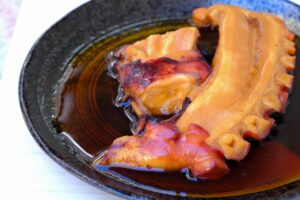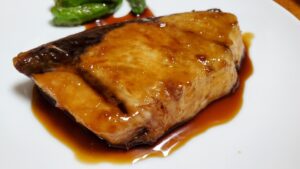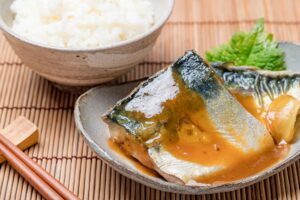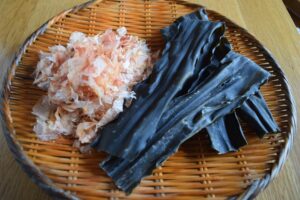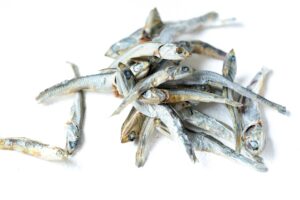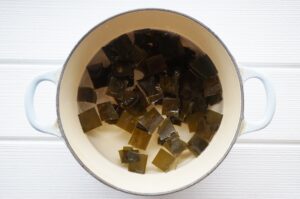Dango is a quintessential part of Japanese cuisine, enjoyed for centuries by locals and visitors alike. This article explores the rich history, cultural importance, and variety of Dango, offering a comprehensive guide for anyone curious about this delightful treat. Whether you’re a foodie, a cultural enthusiast, or simply someone with a sweet tooth, you’ll find everything you need to know about Dango right here.
What is Dango?
Dango is a traditional Japanese rice dumpling, often skewered on sticks and served with a variety of sweet and savory sauces. Made primarily from rice flour (known as shiratamako or joshinko), Dango has a chewy texture and is similar to mochi, though the two are distinct. It is deeply embedded in Japanese culture, commonly enjoyed during festivals, seasonal celebrations, and as an everyday snack. Dango is versatile, with numerous variations that reflect Japan’s regional diversity, making it a popular treat across the country.
The History of Dango
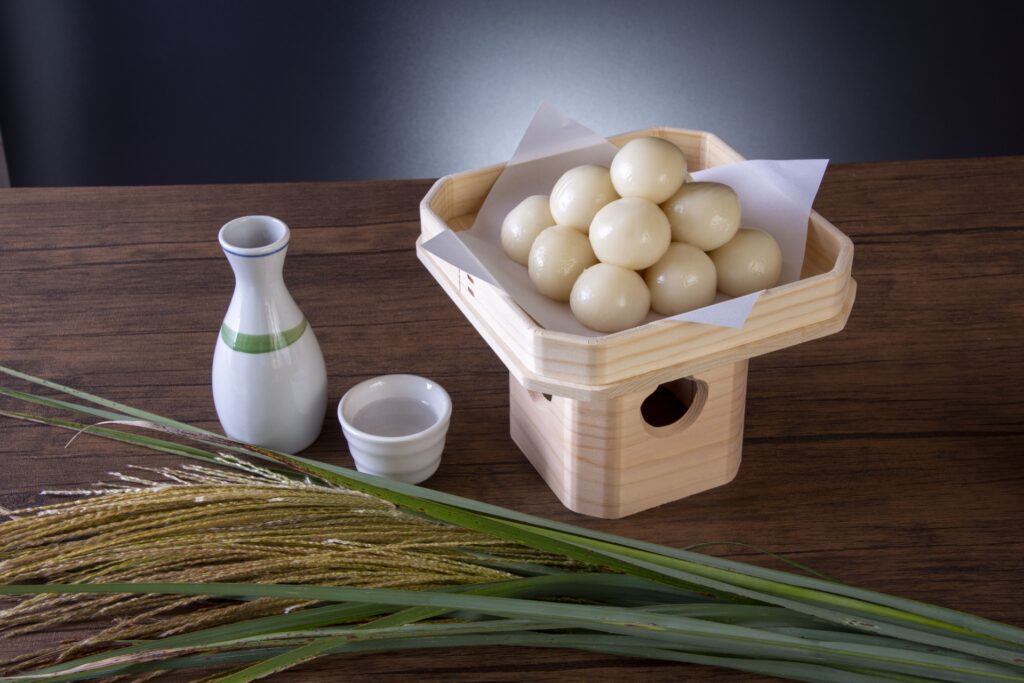
The origins of Dango trace back to ancient Japan, with references in literature and historical texts from the Heian period (794-1185). Initially consumed as a food offering in religious ceremonies, Dango gradually became a staple in Japanese households and street markets. Its significance extends beyond mere sustenance; Dango plays a crucial role in various Japanese festivals, such as the Hanami (cherry blossom viewing), where Hanami Dango, colored in pink, white, and green, symbolizes the colors of the sakura season. Over centuries, Dango has evolved, adapting to the tastes and customs of different regions while maintaining its cultural essence.
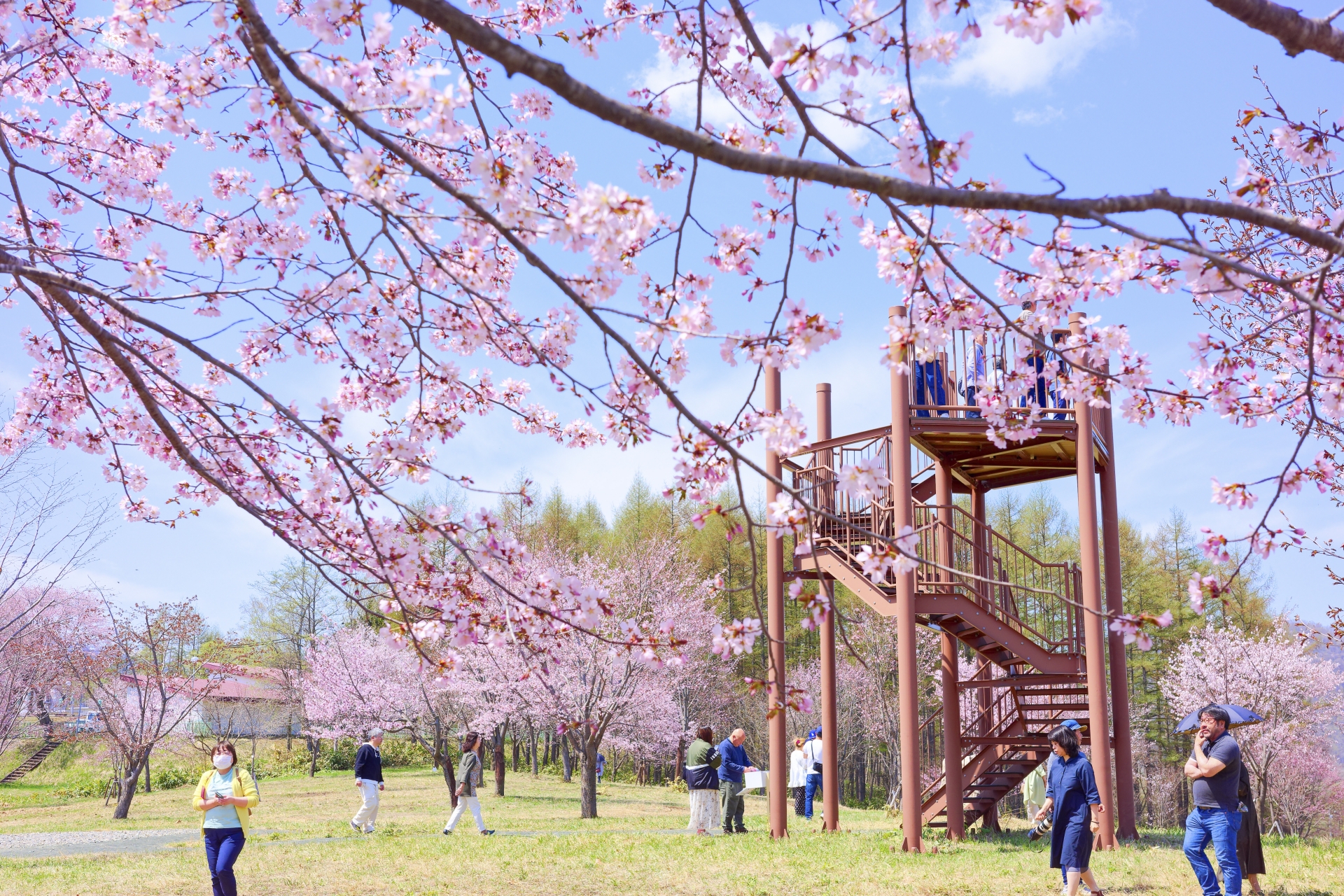
Types of Dango
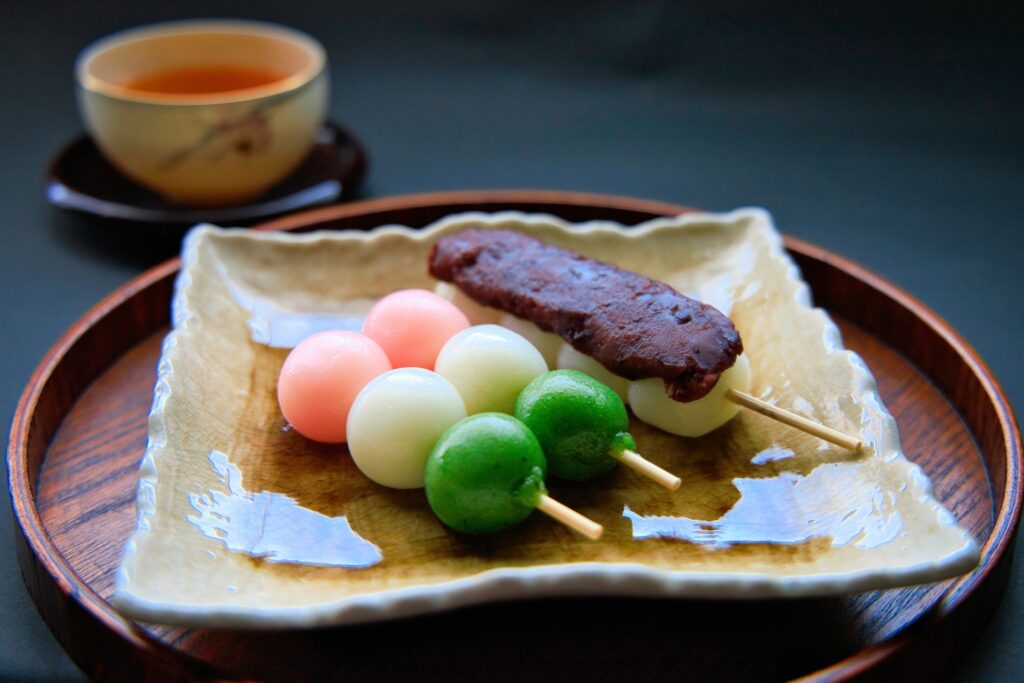
Dango comes in various forms, each offering a unique taste and experience. Some popular types include:
- Mitarashi Dango: Glazed with a sweet soy sauce, this type of Dango is often associated with the Kyoto region and is characterized by its slightly salty yet sweet flavor.
- Hanami Dango: Traditionally enjoyed during cherry blossom season, these tri-colored Dango (pink, white, and green) represent the colors of spring.
- Kushi Dango: Simply skewered Dango, often served with a variety of toppings or sauces like red bean paste (anko) or sesame.
Each type of Dango has its own preparation method and is enjoyed during different seasons or festivals, reflecting the deep connection between this food and Japanese culture.
Regional Variations of Dango
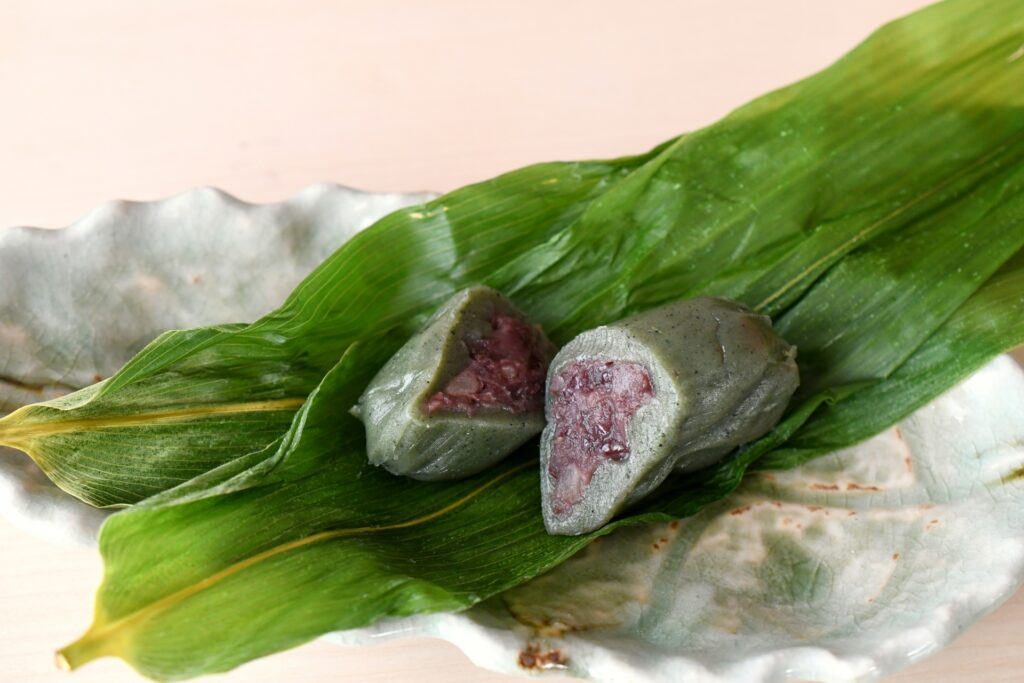
Across Japan, Dango takes on unique forms depending on the region. For example, in the Tohoku region, Anko Dango is particularly popular, featuring Dango topped with sweet red bean paste. Meanwhile, in the Kansai region, Sasa Dango is wrapped in bamboo leaves, giving it a distinctive aroma and flavor. These regional variations showcase the adaptability of Dango, where local ingredients and traditions influence its taste and preparation methods, making it a diverse and rich culinary experience.
How to Make Dango at Home
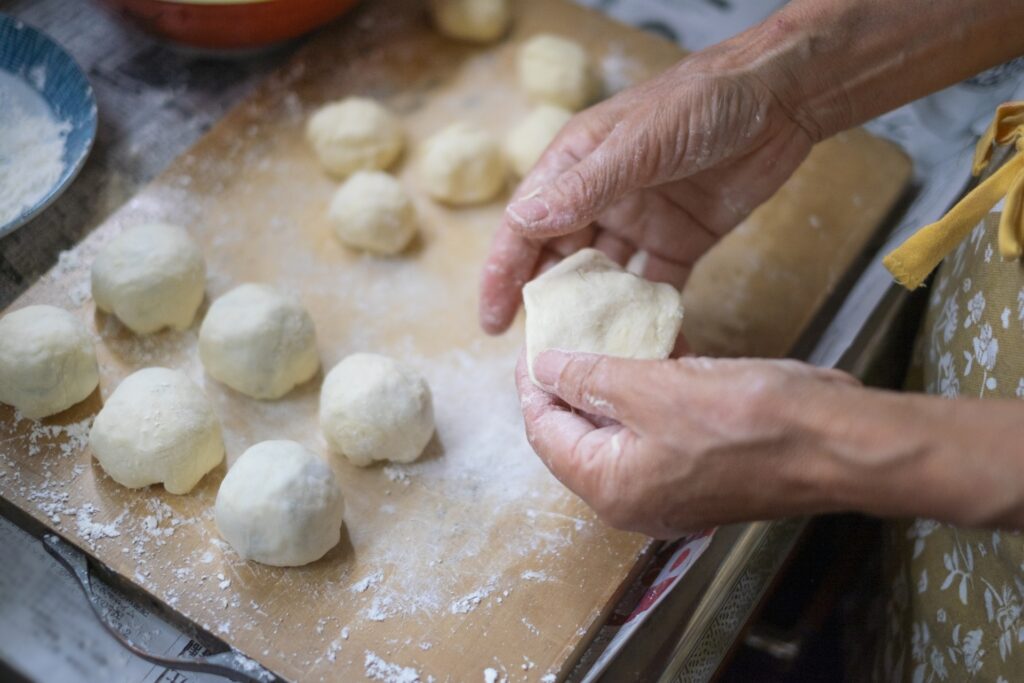
Making Dango at home is a straightforward process, requiring only a few ingredients like rice flour, water, and a pinch of sugar. Here’s a basic guide:
- Mixing: Combine rice flour with water and mix until a dough forms.
- Shaping: Roll the dough into small balls, ensuring they are uniform in size.
- Boiling: Cook the balls in boiling water until they float to the surface, then remove and cool them in cold water.
- Skewering: Thread the Dango onto bamboo skewers.
- Serving: Grill lightly and coat with your choice of sauce, like the classic Mitarashi glaze or sweet red bean paste.
This basic recipe can be adapted with different ingredients or cooking methods to create various types of Dango at home, offering endless possibilities for personalization.
Dango in Modern Cuisine
In contemporary Japanese cuisine, Dango continues to be a popular snack but has also found its way into fusion dishes. Modern interpretations might include Dango served with innovative toppings like matcha cream or used in desserts that combine Western and Japanese elements. These modern adaptations highlight the versatility of Dango and its ability to blend with various culinary traditions while still honoring its roots.
Dango vs Mochi: What’s the Difference?
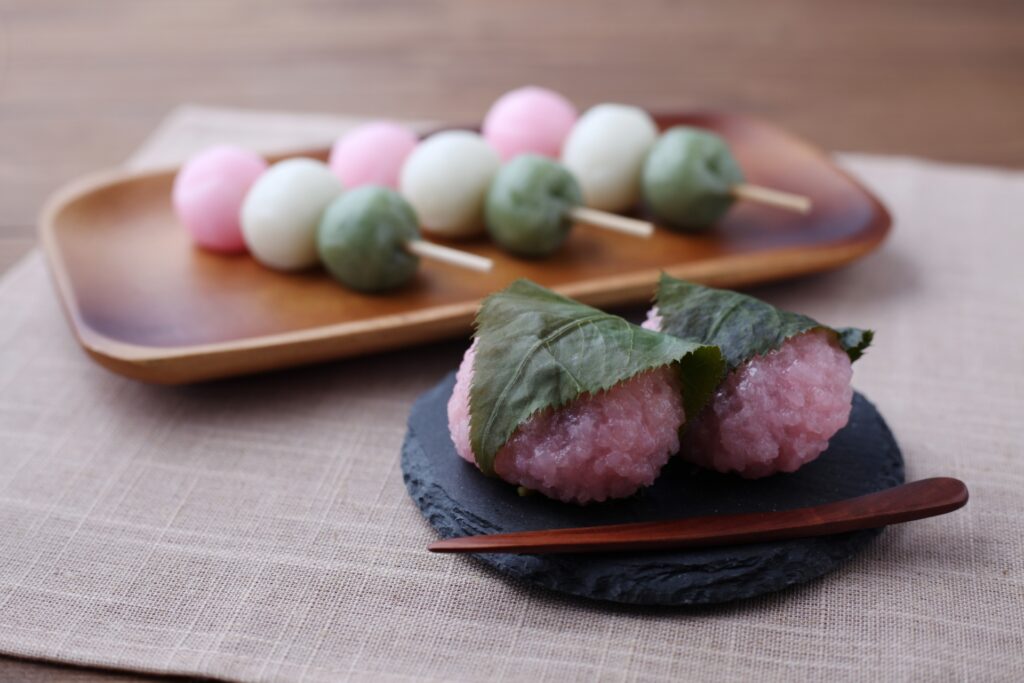
Dango and mochi are often confused due to their similar appearance and ingredients, but they are distinct in several ways. While both are made from rice, mochi is typically made from glutinous rice that is pounded into a sticky consistency, whereas Dango is made from rice flour. Mochi has a softer, more elastic texture, while Dango is firmer and chewier. Culturally, mochi is often associated with New Year celebrations, while Dango is enjoyed year-round. Understanding these differences can enhance appreciation for each treat’s unique place in Japanese cuisine.
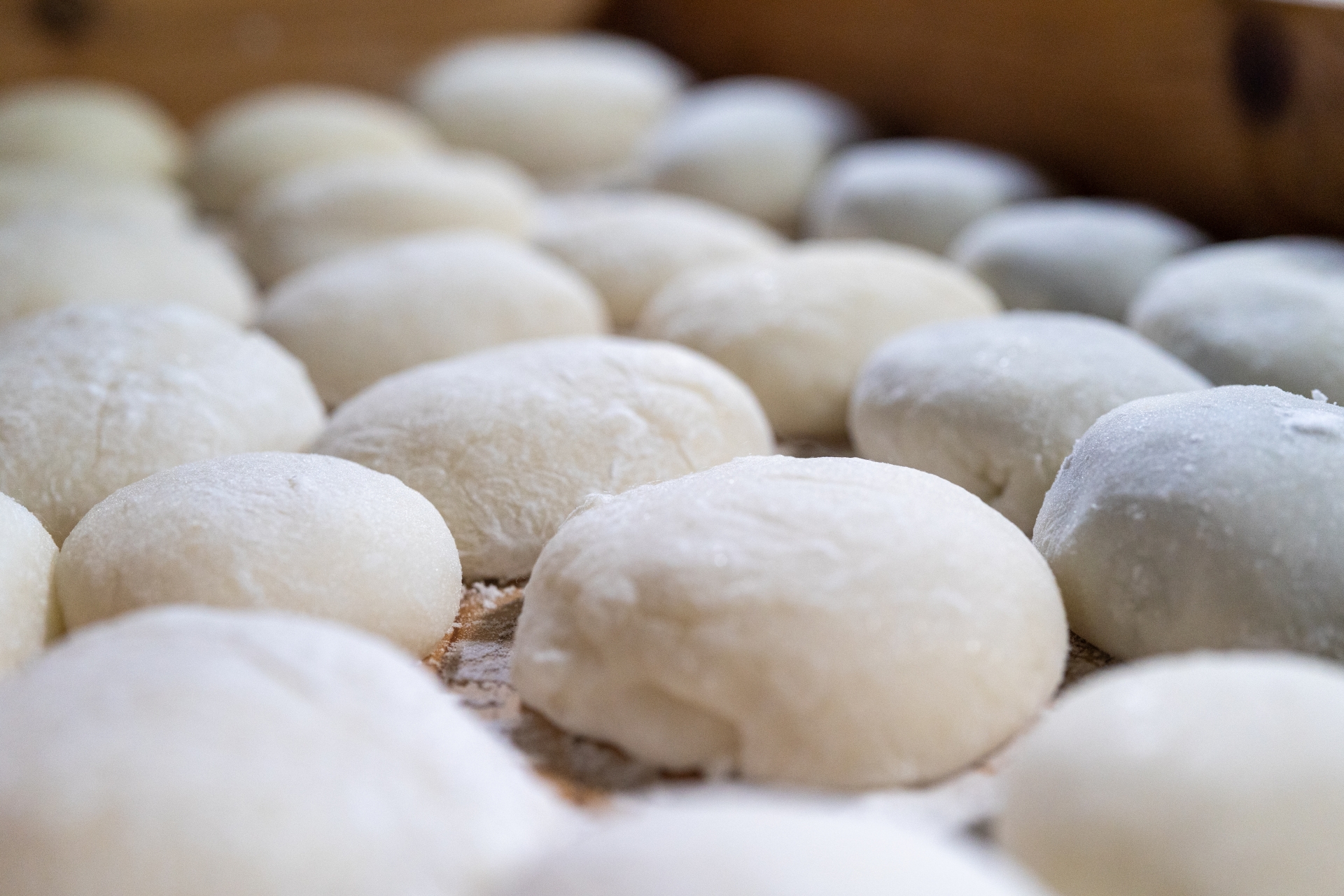
Frequently Asked Questions about Dango
Here are quick answers to some common questions about Dango, covering its taste, traditional serving methods, and more.
What does Dango taste like?
Dango has a mildly sweet flavor with a chewy texture. The taste can vary depending on the sauce or topping, ranging from sweet to savory.
How is Dango traditionally served in Japan?
Dango is often served on skewers, grilled, and coated with sauces like sweet soy glaze, red bean paste, or sesame.
Is Dango vegan?
Most Dango recipes are vegan, as they are made from rice flour and water. However, some sauces or toppings may contain animal products, so it’s important to check the ingredients.





